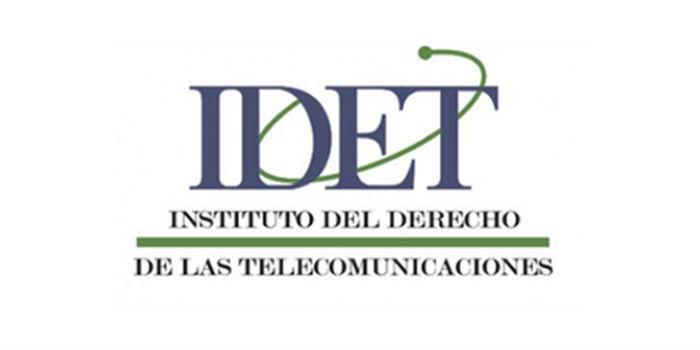 Mexico. In Mexico, attention to the needs of those with disabilities is a pending account as a society. A good part of the people who suffer from a degree of sensory, motor or cognitive disability still suffer from some type of social isolation that condemns them to educational and therefore economic marginalization.
Mexico. In Mexico, attention to the needs of those with disabilities is a pending account as a society. A good part of the people who suffer from a degree of sensory, motor or cognitive disability still suffer from some type of social isolation that condemns them to educational and therefore economic marginalization.
That is why in September 2007 the Mexican Senate ratified the Convention on the Rights of Persons with Disabilities, a document that recognizes the duty of the Mexican State to "promote, protect and ensure the full and equal enjoyment of all human rights and fundamental freedoms by all persons with disabilities."
Information technologies and telecommunications are privileged ways for people with disabilities to fully integrate into society. A great example is in the recently deceased British physicist Stephen Hawking, who was able to expand the frontiers of physics and cosmology with the help of a software system capable of translating the movements of the muscles on his cheek into words, sentences and texts. These technologies have the potential for millions of people to communicate with the world, receive education and break the isolation previously imposed by some congenital condition, an accident or an illness.
The telecommunications sector in Mexico has worked hand in hand to increase the accessibility of its products and services and bring them to as many people as possible, from regulatory bodies to companies participating in this activity. The Federal Law on Telecommunications and Broadcasting established in four articles (from 199 to 203) particular rights for these communities, among which is the right to receive information on the use of services and commercial conditions of service in accessible formats.
In addition, dealers must work to make their information accessible to all their customers and subscribers without distinction, in addition to having adequate customer service facilities and trained personnel for the attention of their customers regardless of whether they suffer from any condition that limits their mobility or sensory abilities.
Telecommunications companies have collaborated in complying with the provisions that the Federal Institute of Telecommunications (IFT) has established on this matter. The operators have adapted their offer so that their websites and the information they contain is accessible to people with some degree of disability, a fact attested by analyses made by companies specialized in evaluating this issue.
On September 19, the agreement was published in the Official Gazette by which the so-called General Guidelines for accessibility to the broadcast television service were issued. This document formalizes a practice that audiovisual content companies have been offering for years called Closed Captioning, which consists of adding subtitles to the image with text that shows dialogues, sound effects, song lyrics and relevant information so that people with some degree of limited hearing can perceive in the greatest detail what happens on the screen. On the other hand, the option is enabled so that television programs can be accompanied by a Mexican Sign Language interpreter to translate in real time what happens in the program.
Users of telecommunications services with disabilities have additional tools to make the best possible use of telecommunications services. The IFT has a website where interested parties can know if a mobile device has features that facilitate its use by people who have some degree of motor, hearing, visual or cognitive disability. On the other hand, the operating systems of mobile devices have developed a series of options that facilitate the use of mobile devices such as increasing the contrast of the screen, dictating the content of a window or decreasing the response speed of the operating system.
The provision of telecommunications and information technology services to people with disabilities is a task where collaboration between authorities, companies and civil society will enable a growing number of Mexicans with disabilities to take advantage of one of the greatest virtues that technology can offer: its ability to overcome distance and time, making the previously isolated Mexicans fully integrated into the economic and social life of our country.
Text written by the Institute of Telecommunications Law of Mexico.

























Leave your comment